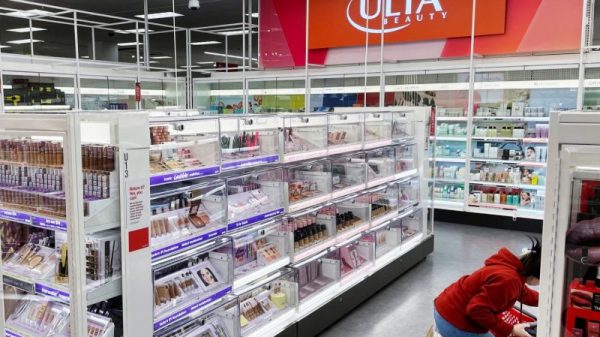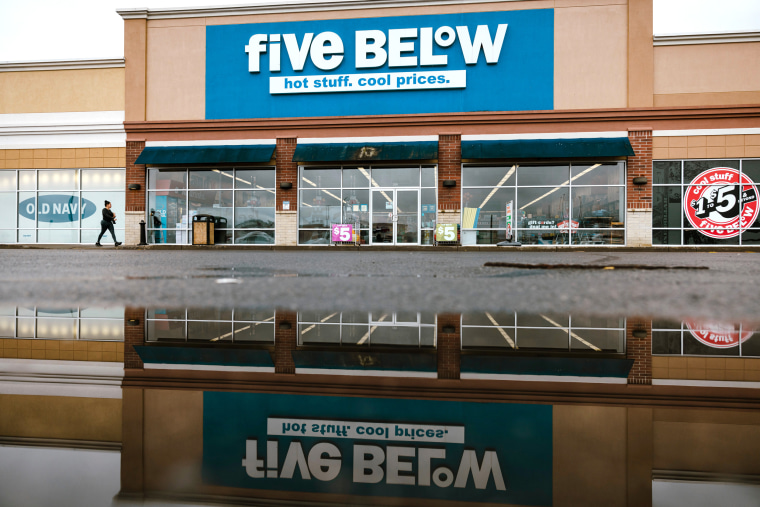In today’s fast-paced world, the convenience and efficiency of self-checkout stands have undeniably become a popular option for many shoppers. Major retailers worldwide have adopted this technology in an effort to streamline their operations, reduce labor costs, and enhance the overall shopping experience for customers. However, recent trends suggest that some of these retailers are beginning to backtrack on their initial deployment of self-checkout systems.
One of the primary reasons driving this shift is the growing concern over shoplifting and losses incurred by retailers. While self-checkout systems were intended to speed up the checkout process, they have also provided opportunities for dishonest individuals to bypass traditional security measures and steal items without proper scanning or payment. This loophole has led to a significant increase in inventory shrinkage for retailers, prompting some to reconsider the use of self-checkout stands.
Additionally, customer feedback and satisfaction play a crucial role in shaping retailers’ decisions regarding self-checkout technology. Despite the convenience they offer, many shoppers have expressed frustration over the complexity of self-checkout machines, particularly when dealing with large or irregular items. The lack of human interaction and personalized assistance has also been cited as a disadvantage by some customers, leading to a decline in overall satisfaction with the self-service option.
Furthermore, the ongoing COVID-19 pandemic has highlighted hygiene concerns associated with shared touchscreens and surfaces at self-checkout stations. Retailers are now focusing more on promoting contactless payment methods and encouraging social distancing measures to prioritize the health and safety of their customers and employees. As a result, some retailers are reevaluating the need for self-checkout stands in the current public health landscape.
Despite these challenges, the future of self-checkout technology remains promising, with advancements such as mobile scanning apps and RFID technology paving the way for a more seamless and secure checkout experience. Retailers are exploring innovative solutions to address the issues surrounding self-checkout systems, including improved software algorithms for better accuracy in detecting unscanned items and investing in training programs to educate customers on proper use of the technology.
In conclusion, while major retailers may be backtracking on their initial enthusiasm for self-checkout stands, the evolution of retail technology continues to offer opportunities for improvement and innovation in the realm of automated checkout systems. By listening to customer feedback, prioritizing security measures, and adapting to changing market dynamics, retailers can find a balance between convenience and control in the era of self-service shopping.


































